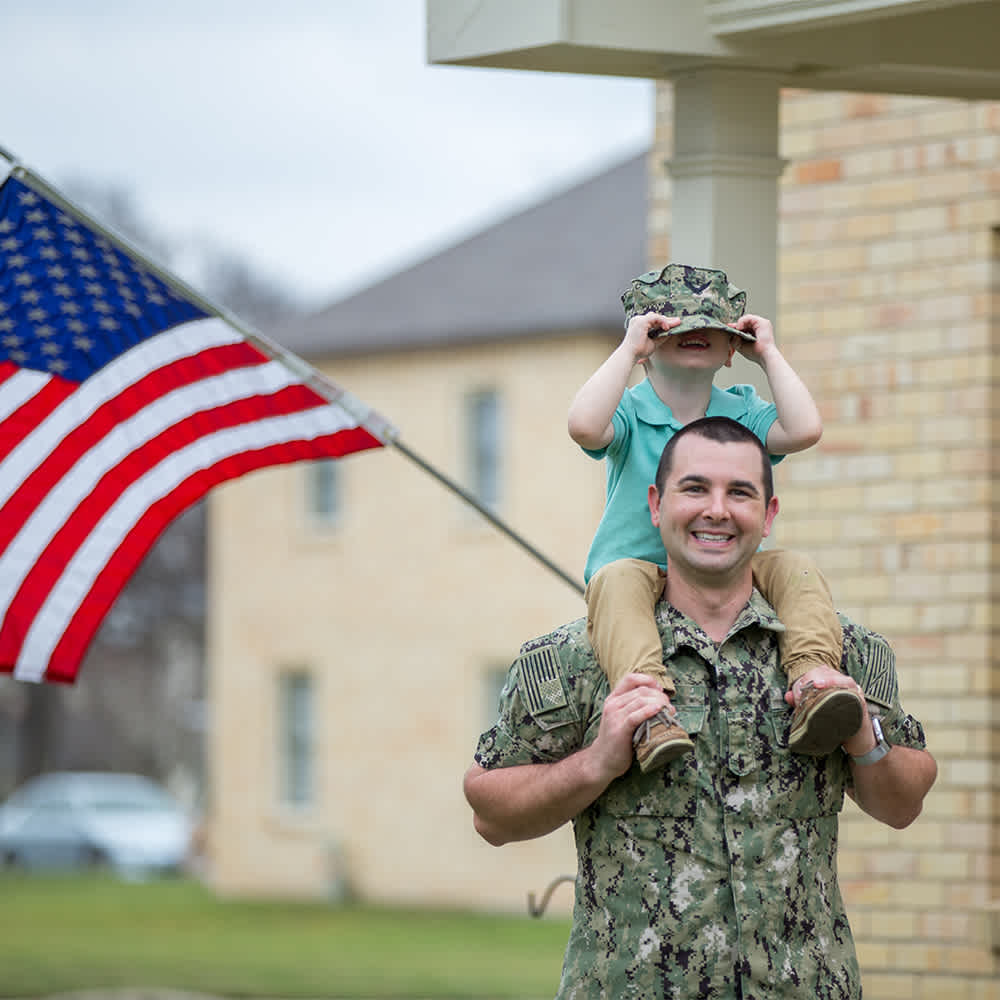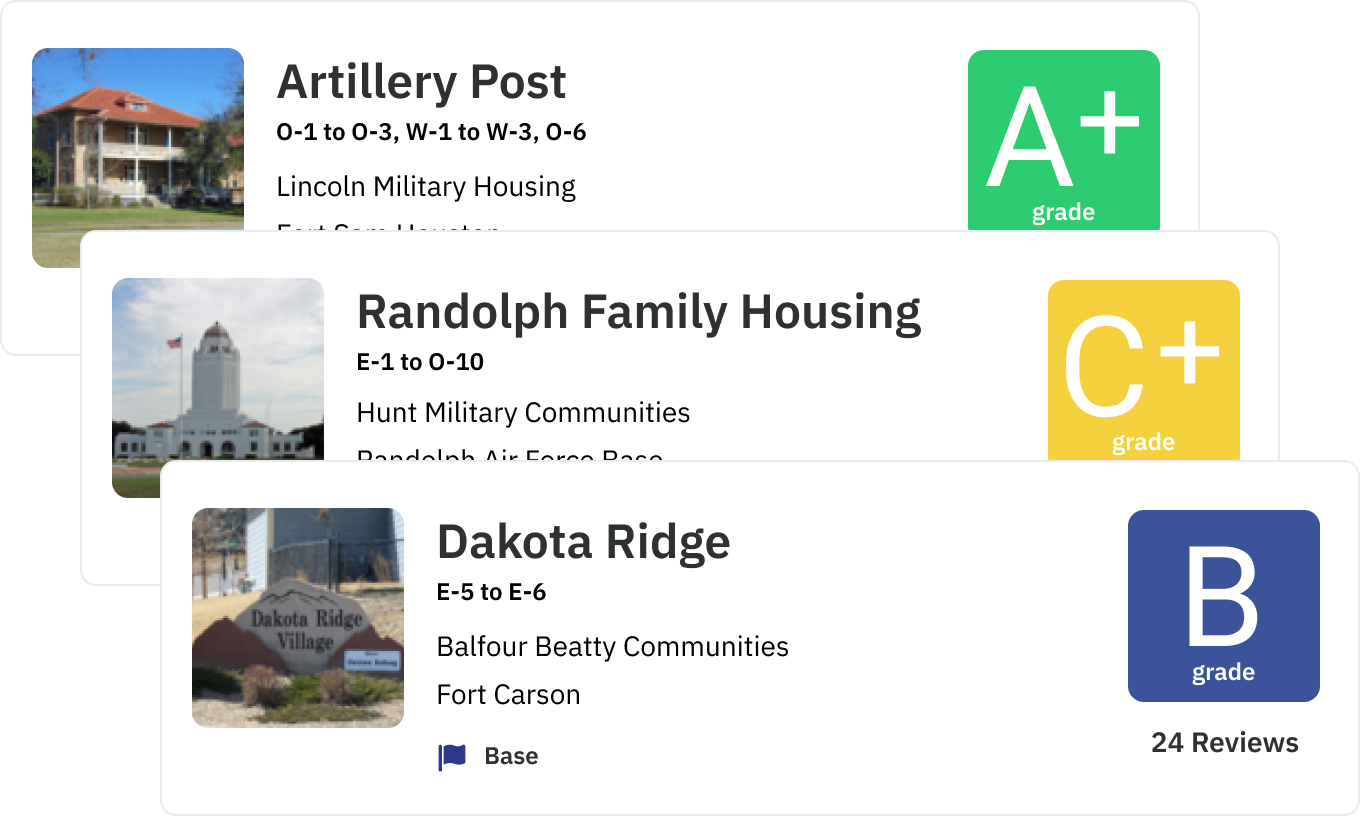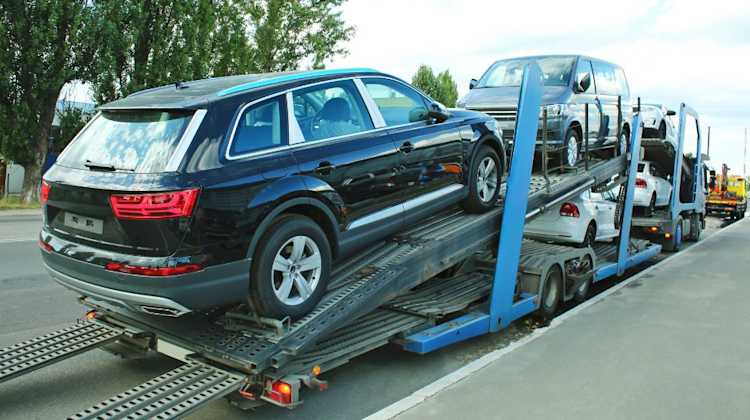Military PCS Vehicle Shipping Explained
by Rebecca Alwine - August 19th, 2022
For more information, read our interview with Matt Tincher of US Logistics, where we discuss supplemental insurance, CONUS and OCONUS military car shipments, and vetting the drivers. Click here to read the interview.
Pro tip: Start your PCS off right with a free downloadable PCS checklist. Click here to access the PCSgrades homepage, then scroll about halfway down the page to access the checklist.
During a military PCS, vehicle shipping, towing, or driving can get complicated. While the average number of cars per family in America has decreased over the past ten years, there are still many military families that own two or more vehicles. (Note, for the purpose of this conversation, we’re only talking about automobiles). So how do military families move multiple cars to the next duty station in the most cost-efficient and stress-free manner?
OCONUS military car shipments
The Surface Deployment & Distribution Command (SDDC) oversees all moving regulations and has a host of information on their website. Most of the information related to Privately Owned Vehicles (POVs) is for those authorized a government shipment of their vehicle overseas.
During an OCONUS military PCS, vehicle shipping is standard for one POV. If a military member wishes to ship a second vehicle, the member must pay for that transport out of pocket. Many military families with OCONUS orders choose to either make do with one car at their new duty station or purchase a used car from the used car lot overseas.
Learn more about shipping your car to OCONUS and CONUS locations here.
Moving cars during a CONUS military move
Military members have a few options when moving a car during a PCS. None of them are covered by the military, though mileage reimbursement is available for qualifying situations.
Military PCS vehicle shipping
If you chose not to drive all of your vehicles to your next CONUS duty station, you can pay to ship them. This cost is completely out-of-pocket, though in some cases, expenses can be claimed on taxes as a moving expense later on.
There are several companies who will ship vehicles through the continental U.S. These companies will ship door-to-door, making it easier than the government’s provided shipping, which goes to one of a select few shipping ports.
You can read this interview with US Logistics for more detailed information about shipping your private vehicle.
Drive separately
Military members will be reimbursed a certain amount per mile driven in each POV. This reimbursement is called the Monetary Allowance in Lieu of Transportation (MALT) and is valid for up to two vehicles, as noted on your PCS orders. You can find the most up-to-date MALT rate on the DFAS website, here.
If you have two adults and two cars, you can each drive one. Caravaning like this can be really annoying, but it is the simplest and usually the cheapest option for moving your vehicles during a stateside military PCS.
Get help
The military family can be extremely generous and helpful. For everyone who wants to transport multiple vehicles to a new duty station, there is someone else willing to drive. Perhaps it's another person PCSing to the same location, who just wants to move a few items in your backseat or someone who needs a little extra cash.
Some service members might have parents or older siblings who love road trips and are willing to help drive your vehicle. Ask around and see who might be willing to help you transport your car.
Tow one
If transporting more than two cars, or more cars than you have drivers for, towing one may be an option. When doing a military PCS, vehicle shipping costs can often be unaffordable. However, if you are doing a PPM (formerly called a DITY move), renting a moving truck, or driving another large vehicle, you can tow your POV inexpensively.
Though you won't be reimbursed, this vehicle relocation method eliminates some stress and problems and could be a taxable moving expense.
Drive together
This option is probably the least practical, but it really depends on how far you need to travel during your PCS. There are a few circumstances where this may be your best bet, like moving with small children or moving within a two-day drive.
Driving together takes some planning. First, have one adult drive the first car to the new location. That person then flies back to your current location, and then you all jump in the second car and drive together. That way, you aren't driving two cars with small kids, adding to the stress level.
This would also be a good option if you have more than two cars.
Be sure to read our article on preparing your car for a road trip, to avoid breakdowns along your route.
What about insurance?
We all know that accidents happen. While your regular car insurance would cover any damage that occurs while you are driving the vehicle, the coverage might not cover your car when it's being transported.
If you are towing your vehicle, letting someone else drive, or having it shipped via a third-party transportation company, you may need additional coverage.
Check with your insurance provider for more information, or read our interview with a military vehicle shipping expert to learn more about insurance coverage options.
There’s no perfect way to PCS, and one size really doesn’t fit all. During your military PCS, vehicle shipping and transportation can add a layer of stress. Thanfully, the military makes the process as smooth as possible. Carefully consider all the options available before making any decisions.
Good luck and safe travels!
PCSgrades.com is a community of military and veteran families helping each other with our biggest relocation needs through trusted reviews. Start your military PCS with our FREE downloadable PCS checklist. Click here and scroll halfway down the page to get the link!








